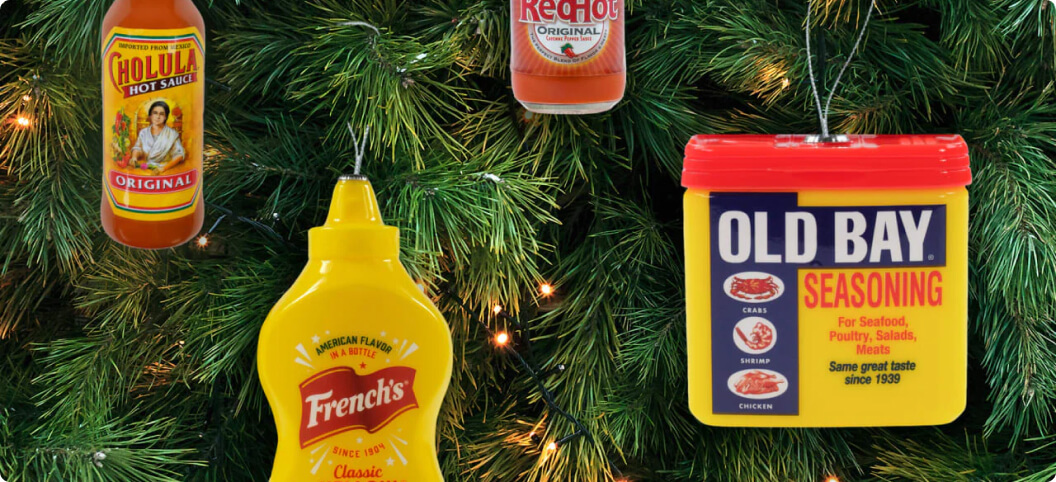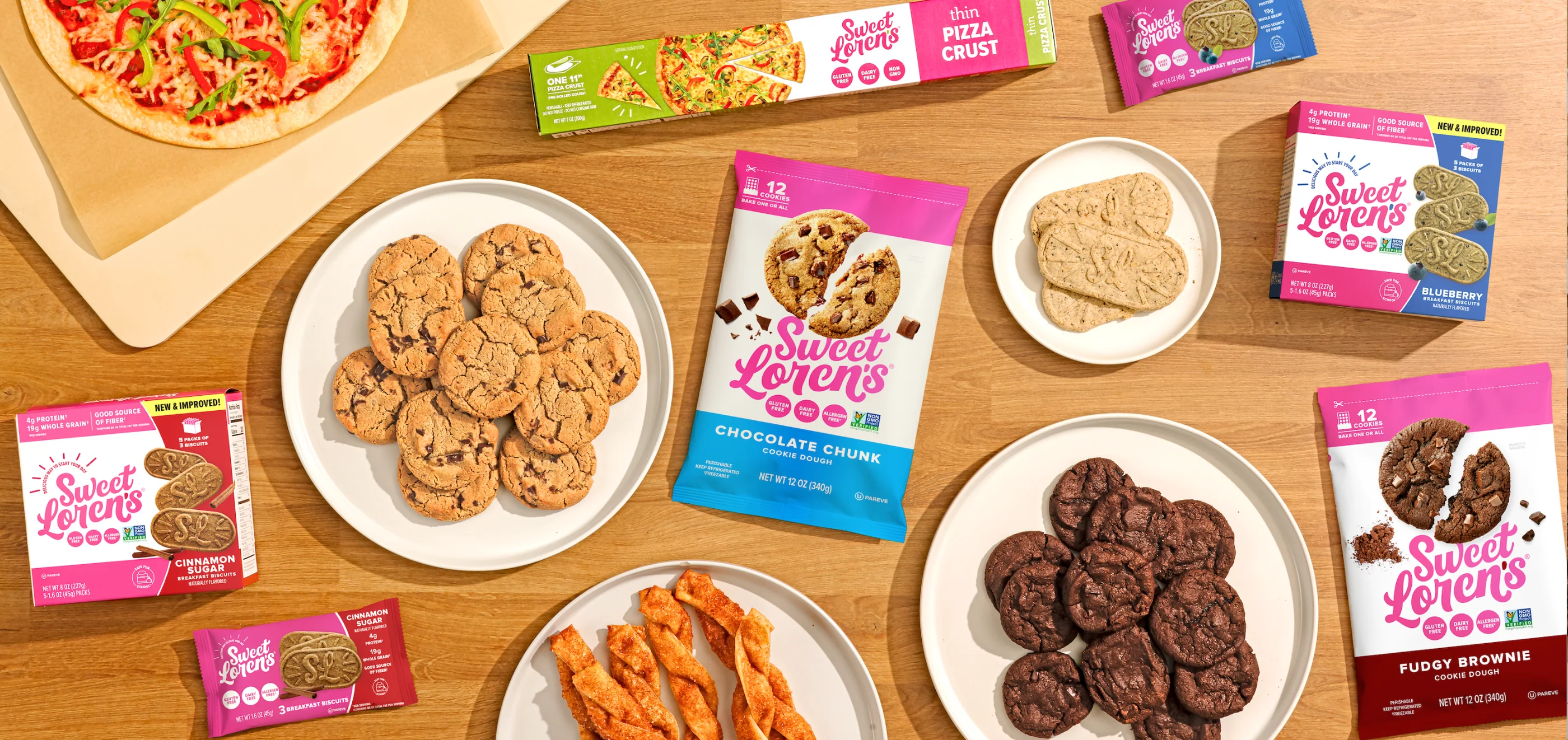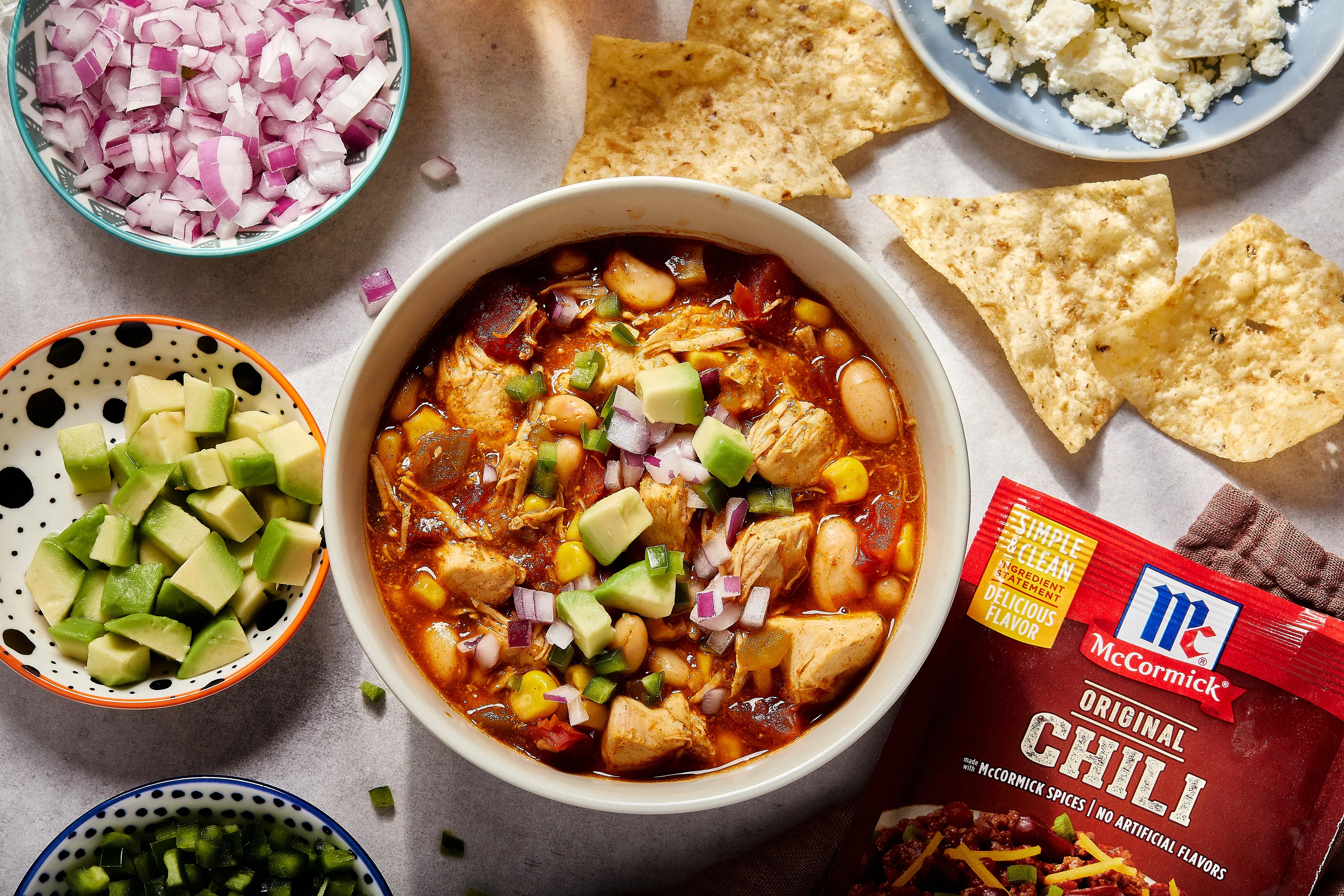By clicking “Accept”, you agree to the storing of cookies on your device to enhance site navigation, analyze site usage, and assist in our marketing efforts. View our Privacy Policy for more information.
How to Get the Most ROI from Your Email Designs
The simple answer: turn all of your campaigns into flows.
Okay, not actually every campaign should turn into a flow. But most campaign emails can work as part of a flow.
Here’s why.
We know email campaigns (re: timely, one-time sends) are an incredibly valuable part of an email marketing strategy, and they’re a great place for you to share new collections, product drops, and sales.
And all that stuff should stay as campaigns.
But beyond these types of campaign sends, there’s a huge opportunity most ecommerce brands are missing out on when they send evergreen content as a campaign.
With campaigns, we dictate the audience and send-timing. And it sucks if you work really hard on the email content and design, only for someone not to get it because they didn’t happen to be subscribed or in that segment when you sent it.
It’s not like the content is going to go bad, especially if it’s related to your evergreen products and collections, or brand and product education.
What we mean is, evergreen content can be relevant to all subscribers when they reach a specific stage. And they should be able to receive it when they reach that stage.
And that’s where thinking about campaigns more as part of flows can be really exciting.
Why Does This Matter?
You’re probably thinking, “we already send campaigns, would this really be that much different/better?”
The answer is YES!
It all comes back to the mindset of listening to your subscribers. If you’re only sending the essential ecommerce automations like a Welcome Series, Abandoned Cart Series, and Post-Purchase Series, you’re not listening when your customers are telling you they’re interested in specific content.
When you send campaigns, you’re talking to your subscribers. But when you build and send emails off of behavioral triggers with evergreen content, you’re showing your subscribers you’re listening, too.
Finding opportunities to maximize the value you’re getting from creating really great email content, and building more personalized, behavioral triggers to send content off of will generate more revenue and build a better experience for your consumers.
Take Harry’s for example.
The email below could have easily been sent as a campaign announcing a new product (their pre-shave primer). But because the content is evergreen, it could benefit anyone who expresses interest in face shaving or the product in particular. The brand could incorporate this email into a split in a browse abandonment campaign for that product, or use other behavioral triggers to send it to more consumers.

Increase Your Email ROI
To us, the increase in ROI seems pretty straightforward (so much so that that’s what we used to draw you in). You pay a team member (or team members) to write and produce your emails. So when you only utilize that email once, your ROI is limited. But imagine the success of that email never ends because new people are constantly receiving it when they’re ready for it.
And yes, this is the general logic behind flows vs. campaigns, but we often forget that flows can extend beyond the traditional ecommerce automations. When you add additional platforms and ways of tracking behaviors or interests (with Google Tag Manager, UTM parameters, landing pages, etc.) the possibilities for flows are endless.
And that leads us into our next point.
Create Scalable, Personalized Experiences
With all of that extra information you can track from everything we listed above, you can better understand what your subscribers are interested in, and you can trigger more flows off of these events and the segments you can start to build with them.
Really, it allows you to have more conversations with your subscribers, and helps you send them the right content at the right time.
So, instead of sending a one-time campaign email about your pet-friendly plants (for example), you can set up a whole series of pet-friendly email content set to trigger when somebody views pet-friendly plants.
Add In Efficiencies
Not only does treating campaign content like flow content create better experiences, but it also makes things easier for you and your marketing team. If your product has some sort of seasonality to it, or you find yourself sending the same emails year after year, you can build these into a flow so you can focus on other things.
Let’s continue with the plant example.
Say you, as a plant brand, offer winter shipping when things get cold. Rather than sending out a campaign every year announcing your winter shipping is available, you can build this into a flow. You get to see the long-term success of that email, and it saves you a little time and effort when December rolls around and you have better things to do (like all your holiday marketing).
You can also build extra flows for when the winter shipping can phase out in certain states based on segments with those locations included in their definitions. Again, we know when things warm up every year, and now you won’t have to rebuild these campaigns year after year.
How to Build This Into Your Email Ecosystem
Building more flows and repurposing evergreen campaign content doesn’t happen overnight. Because the possibilities are almost infinite, it’s going to take time to map out and plan what can be a triggered send as part of a flow and what should remain as a campaign.

That being said, a good place to start is looking at your previous campaigns.
Are there any that were particularly successful? Look at the content -- does it look like it would be relevant to any subscriber (given the right criteria), or was it truly a timely send?
Don’t make things harder for yourself, either. Most email platforms, like Klaviyo for example, let you save previous campaign emails as templates. So you can quickly bring over that successful campaign into a flow.
Another way to start thinking about this is thinking about what the key segments are that you send your campaigns to, and if there’s additional content they might want as being part of that segment.
Continuing with our plant brand example, you might send promotional campaigns of your pet-friendly plants to a segment of subscribers interested in the pet-friendly category. But there’s probably additional questions they have as pet parents shopping for plants. Like what plants are pet-friendly? They may also have questions about how to salvage a plant after a pet accidentally eats it.
All this content could be campaign content, but seeing as it’s more relevant when a subscriber indicates an interest in pet-friendly products, it can make sense (and be more efficient for your team) to build a flow triggered off of viewing pet-friendly products.
Any truly timely or limited content like product drops, sales, and other news should be sent as a campaign. But other than that, once you start pulling the thread, it’s exciting to see how diverse your email automation ecosystem can get.
Posted on
July 23, 2021
Interested in collaborating on a project?
Get StartedLatest Updates

Bringing a Cohesive Holiday Experience to the McCormick Shop
News

Anthony’s Goods Grows Revenue 22% With New Site and Media Strategy by Barrel and WITHIN
News

Inspiring Mealtime Creativity With Cabot’s New Recipe Experience
News

Implementing a Bold New Brand System for Sweet Loren’s
News

GEO: The Next Frontier for CPG Brands in the Age of AI Search
Insights

Fueling while on earth's Growth with Christian McCaffrey On Board
News

How We Leveraged User Testing to Redesign McCormick’s Recipe Experience
News

Khloud Expands Its Product Line With Single-Serve Popcorn Packs
News


